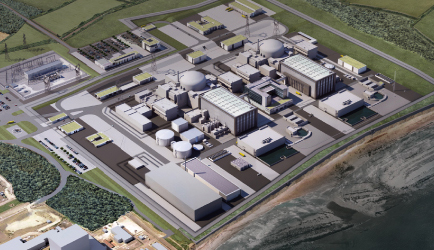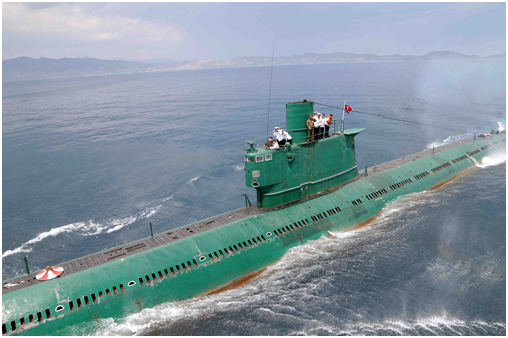Part 1 of 2 Parts
I have blogged several times about the Hinkley Point C nuclear reactor project to add two new reactors to the Hinkley Point Nuclear Power Station in the U.K. It is a huge project that has taken years to set up and involves multiple countries. The British government and the French state-owned utility company EDF have now agreed that EDF will get a guaranteed strike price of one hundred and forty two dollars per megawatt hour beginning in 2026 upon completion of the reactors. The price will rise with inflation up to 2061. That is almost three times the current price of electricity generated in the U.K.
Supporters of the deal say that the two new reactors will supply seven percent of the electricity consumed by the U.K. The electricity will be a low-carbon and predictable source of electricity in contrast to intermittent generation of wind and solar power systems. Supporters also claim that there will be billions of investment dollars and thousands of jobs created. They say that the price, although high, is favorable in comparison to other forms of clean energy. The Department of Energy and Climate Change estimates that the ratepayers will save a hundred and fifteen dollars a year in 2026 over what they would pay if the new Hinkley Point C reactors are not built.
Critics of the Hinkley Point project say that building the new reactors at Hinkley Point would a huge waste of money and that future generations would look back on the Hinkley Point project as a big mistake. In the face of strong opposition, the British Prime Minister is expected to sign a final deal in October during the visit of the Chinese President. The Chinese are a major investor in the project.
HSBC bank issued a report on the Hinkley Point C project which pointed out that the arrival of new interconnects that link the U.K. power grid to Europe would allow the U.K. to import electricity much cheaper than Hinkley Point C electricity. In addition, the justification for the project is fading as electricity consumption is falling in the U.K. With available capacity and new wind and solar energy sources, the Hinkley Point strike price is too high to justify. If the deal is signed, it will be difficult, if not impossible, for the U.K. to back out of the deal if the strike price is non-competitive when the reactors are completed.
The Hinkley Point C reactors are a new design referred to as EPR which is claimed to be safer and more efficient than currently operating nuclear power reactors. However, no reactors with the new design have been built and put into operation yet. There have been major technical problems with the new design. Three other reactor projects based on the new design have all suffered major delays. One major issue has been the fifty foot high pressure vessel which is supposed to enclose the EPR reactor. One of these pressure vessel built for another sight has been found to contain steel that was forged with too much carbon which reduces its strength by as much as fifty percent, increasing the risk of cracking and radiation release. There have also been problems with the design of the cooling system. The delays and technical problems have inflated the price of EPR reactors.
(Please see Part 2)
Artist’s concept of Hinkley Point C:







